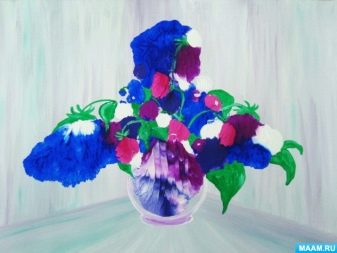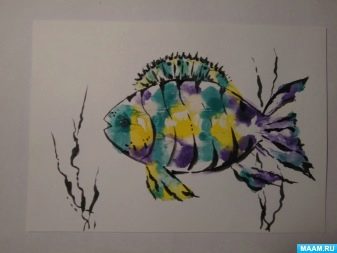Monotype

Monotype refers to those fine art techniques that are strongly associated with improvisation, surprise, not fully predictable result. This is its main charm: the creation of prints always has an element of a sudden decision and the ability to interpret the imprint in an interesting way.
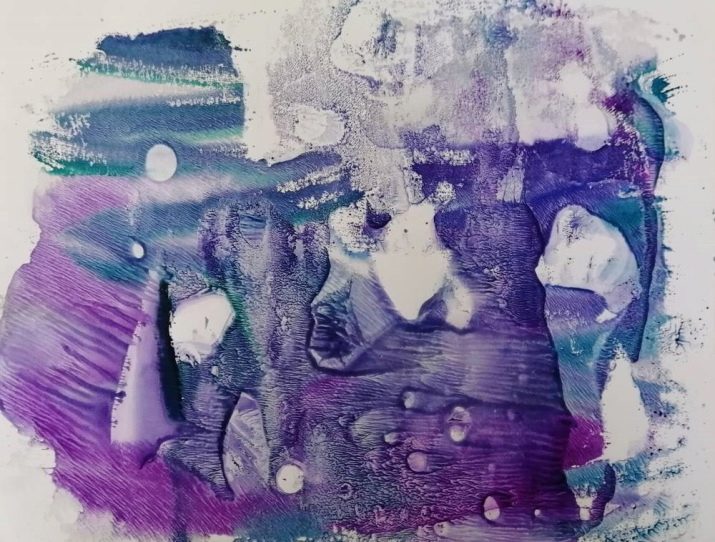
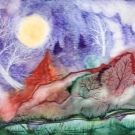
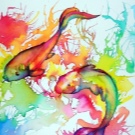
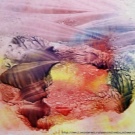
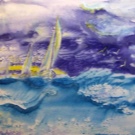
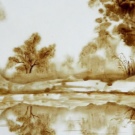
What it is?
This type of graphics is considered a unique and even instrumental (applied) drawing technique.... It is customary to call its creator father Giovanni Castiglione, an Italian master of engraving. In Russia, the broad masses first saw the monotype thanks to Elizaveta Kruglikova, who mastered unusual techniques while studying in Paris, and then brought them home and made them popular at home.
The essence of the technique is to create an impression. A drawing is applied to a special plate - either with a brush or with a stencil. Then a sheet of paper is put on this drawing. As a result, an unusual, completely new image does not copy the drawing (as the basis for a print). And this image defies replication. This is how the classical technique is described. But the pattern can be applied not only to the plate.


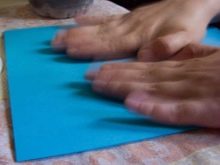
For example, teaching children, they are offered to draw on a small mirror, and then make a print from it - it turns out just as magically, unpredictably. And you can draw not only with a brush and a stencil, but also with a sponge, for example, or even with your fingers.
Professionals use a plate, the impression from a metal surface is bright, expressive, saturated. The same plate can be applied many times by simply washing away the previous pattern. But today, monotype includes more than one of the techniques of the visual arts. It is also an art practice, which has been very popular in psychology for almost three decades.
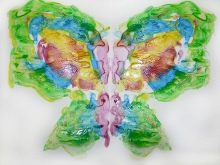

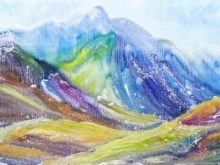
And although monotype is considered a printing technique as a priority, it is not at all the same as engraving or lithography, woodcut. This is a fundamentally different way of obtaining an image. The peculiarity in its uniqueness, in a sense, monotype can be considered a performance. Often these are quite recognizable images - landscape ones, for example. But sometimes it is an abstraction, in which color combinations, textures, gradients, interactions of color spots are interesting.
By the way, about color spots. Even about 100 years ago, Swiss psychologists tested and studied personality using drawings created in the monotype technique. It is even more correct to say that these were psychotherapists, that is, the drawings took part in clinical studies. Patients were asked to look at the images, with people having to say which item was used for the impression. Later, in child psychology and pedagogy, this method began to be actively used: this is how the age characteristics of children were studied.
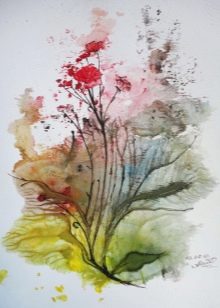
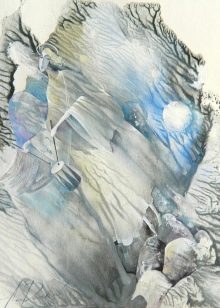
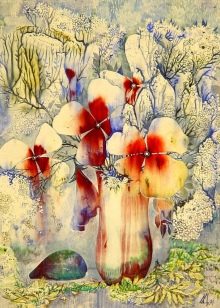
Views
Monotype is so well developed as a technique that it deserves a species ramification.... And it will be divided into types according to the color scheme, according to the method of applying the image, according to the type of printing plate, according to the type of base of the print and according to materials. So, monotype can be monochrome and polychrome. For monochrome, offset inks or black printing inks are used.

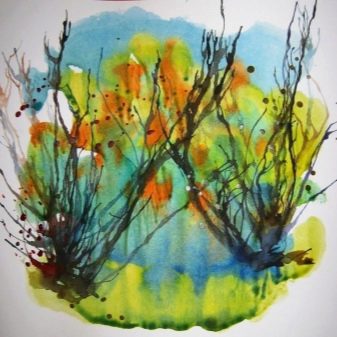
Other types of monotypes.
- By application method it assumes a look with a clean shape and paint removal from the substrate. In the first case, the drawing is applied to a new place cleared for it. In the second, paint is removed from the base, and a fundamentally different image will be obtained.
- By type of printing plate monotype can be with a base in the form of wood, glass, plastic, film or more traditional metal. The above-mentioned mirror can be attributed to glass.
- Well, by the type of art materials monotype can be performed using gouache, watercolor, ink, acrylic, oil, etc.
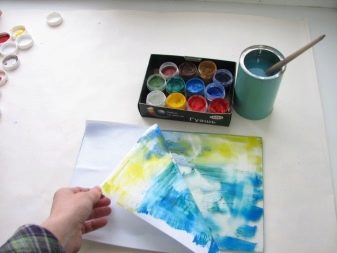
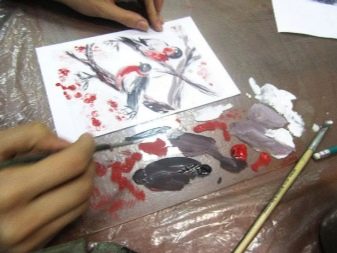
But this is not all species division. Aquatipia has become a separate technique today - this is when a drawing is applied with gouache, and then areas free from paint are painted over with black ink. The leaf is then dried and then placed in water. Mascara will not dissolve in water exactly, but gouache will dissolve fragmentarily. You will get an unusual blurry image.

There is also such a variety as deotypy... In this case, a sheet of paper is placed on a form with paint, and a thin tracing paper is placed on top of it. A pencil drawing is applied to the tracing paper (however, other tools can be used, but a pencil is more often). This will print the ink unevenly on the paper and create something unusual. There is negative monotype... To create it, you need to take a form with the remnants of paint (the one that is used in deotyping), paint the unpainted fragments again and make another print on the sheet.
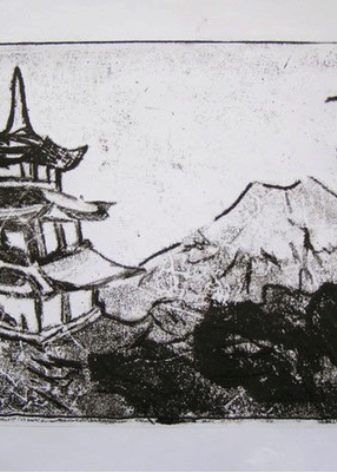

There is aquatipia, is there aquagraph - you need to take liquid insoluble paint and slowly add it to a container with water. On the surface, color pigments will be obtained, which are thoroughly mixed with a brush, forming patterns. And then a sheet of paper is sent into a container with already colored water, an imprint of the motive is made right on the water, and the sheet is delicately taken out of the colored "bath".
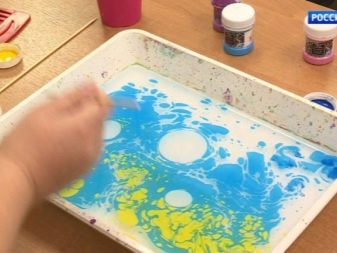
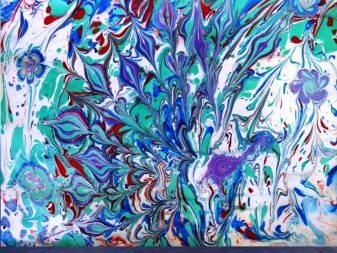
A wonderful, very organic type of monotype is considered phlorotypia... Paint is applied to the form (so far everything is standard), and petals, flowers, leaves are laid out on top, covered with paper. Then everything goes under the press, and then an imprint with the contours of natural motives is left on the paper - this is insanely beautiful, subtle, and looks cozy and elegant in the decor of the house.
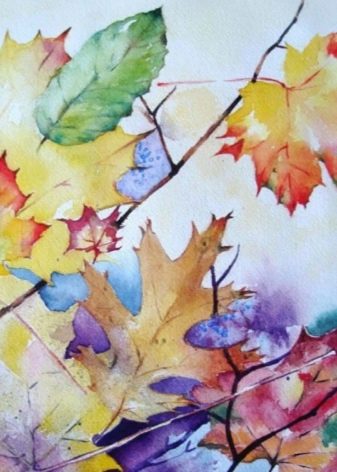
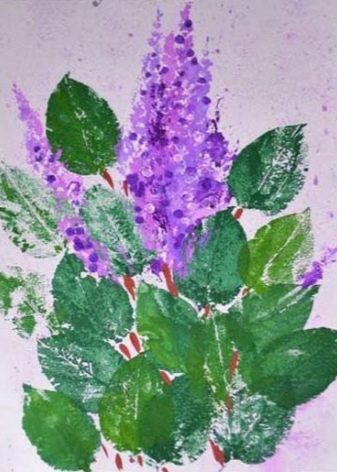
But that is not all. There is decalcomania - a technique in which a color drawing from a sheet is transferred under pressure to a fabric or ceramic (possibly something else). Finally, many are still familiar from school blotography - a wonderful type of monotype, offering everyone a little "fooling around".Watercolor or gouache is poured onto the center of a sheet of paper, and then this sheet is tilted in different directions, the paint forms streaks (blots).


Monotype justifies the title of unconventional drawing technique by the appearance of such a type as nitrography... This is when the artist makes some kind of image on paper (often folded in half in a booklet), then in any interesting way spreads the thread over the paint, presses the sheet with another sheet or just the second folded part. But presses so that the ends of the thread stick out from under the paper. The next step is to pull the thread out without disturbing the position of the paper. The thread will slide over the paints, smear them, leave some kind of pattern. He, too, is always unpredictable.
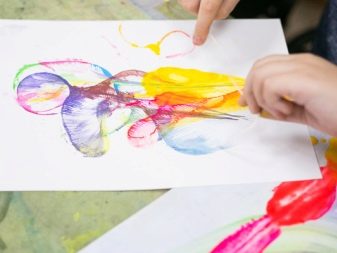
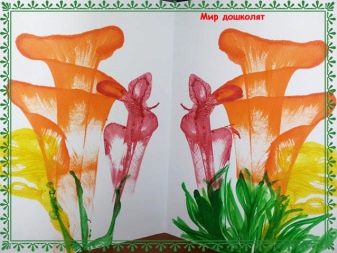
Receptions
There are enough interesting tricks in this technique. But the main ones are considered two, dividing the monotype into landscape and subject.
Landscape
This technique is especially spectacular, it is interesting to work with it.... And most often it is a forest, a river against the background of trees, in a word, something like that. Displaying a forest on a water surface is a beginner's favorite for landscape monotypes, but it's really beautiful. A thick sheet of paper must be folded in half. The lower part should certainly be smaller than the upper one. Trees are drawn at the top. And when the top is connected to the bottom (to create a print), you get the effect of reflecting these trees in the water. This technique will appeal to both children and adults. And most importantly, it turns out almost always.
Of course, there may be more than just a forest. Again, its drawing will depend on the skill level. Perhaps even berries on the branches or mushrooms in the grass will be visible. There may be some single buildings, a hunting lodge. There may also be people standing on the shore. Whatever it is, it will be reflected in the water.


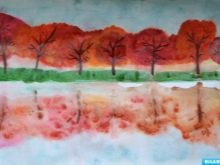
The finished work can be framed, it looks very impressive.
Subject
It is also easy to learn, even for children. Especially for children, because everything is explained in a lesson with a child very clearly... The child, following step-by-step instructions, depicts a familiar object. It is drawn on one of the sides of the sheet, and before starting work, the sheet, as you might guess, is bent in half. What is it for: this is how the child gets acquainted with the principle of symmetry, because on the second part of the sheet the fish or fungus drawn by him are displayed symmetrically.
The method is good for the development of spatial thinking and not only. It is also important that the artist makes the image for the print as saturated, clear, bright and expressive as possible, so that the symmetrical drawing is also clear and recognizable.

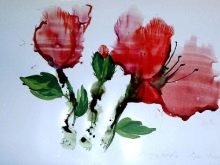
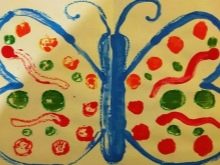
If they are preschoolers, they should draw objects that have a clear geometric shape - this way the principle of symmetry will be more clearly noticeable.
Materials for drawing
All materials that are needed to create a print can be roughly divided into 4 groups. This is the base, these are paints, these are accessories and these are additional components. So, the basis can be thick paper or cardboard, beginners usually use them. But it is important that the surface is immediately impenetrable with paint, otherwise the print will not work. You can take plastic, glass, mirror.


As for paints, children tend to use watercolors, while adults prefer acrylic paints. They are brighter, their texture is denser. The print will be more saturated. You can also take gouache. Brushes or rollers are used as accessories, but in order to draw the details, it makes sense to take cotton swabs, toothpicks, the back tips of the brush, pencils - something scratching or conducting thin lines.
But if you want to do something especially original, you can take a fabric as a basis (it is better to be dense enough, strong, not smooth), and to make the drawing more interesting, use twigs and leaves that will leave their mark on the paints.
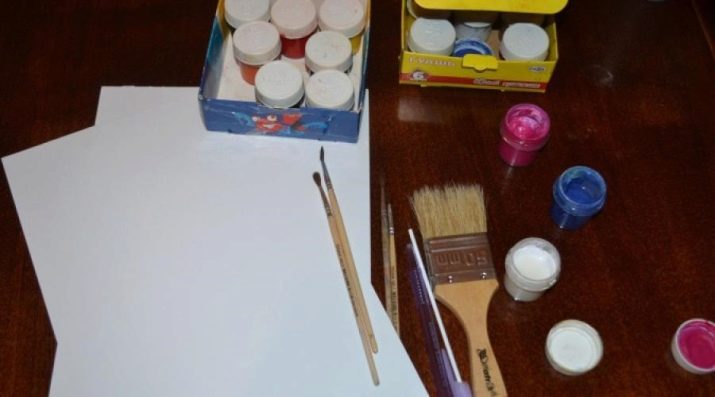
Master classes
To clearly show what "tricks" the monotype is capable of, it is enough to do a couple of works on the simplest master classes.For example, to make a butterfly using the monotype technique. MK is suitable for both preschoolers and older children, and even a beginner-adult will be curious. To create a butterfly, you will need a thick sheet of watercolor paper, as well as gouache, a brush, and water in a glass.
Monotype on the theme "Butterfly" step by step.
- Roll a sheet of thick, textured paper in half with a booklet.
- In the center of the sheet, outline the belly of the insect, you can do this in black.
- On one side (only on one!), You need to outline the wings of a butterfly. They should be of bright colors, expressive, saturated. Each wing should have some kind of pattern or ornament.
- Once this is done, the sheet needs to be pressed in halves to each other. And to make the drawing more clearly imprinted, you can walk over the folded sheet with a roller.
- It remains only to unfold the sheet neatly, in one motion.
Ready!
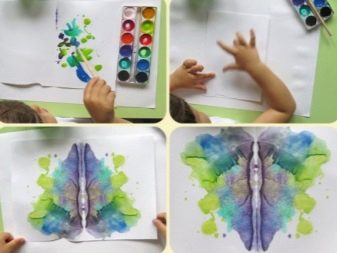
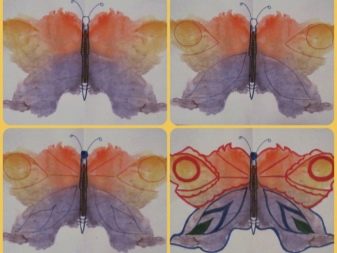
Very beautiful works are made on a winter theme. For children, this is a great exercise in developing creative thinking. Snow on the ground, flying snow, trees with snow caps - this always cheers up on the eve of winter, it looks a little magical.
And here there are several interesting options that will become completely independent paintings.
- Make a background on a glass surface with blue paint. You can use blue, purple, mix shades. Then different patterns are made with a cotton swab on this background. A clean sheet of thick watercolor paper is placed on the wet drawing. The resulting image is covered with silvery sparkles. This can be a finished painting or background for some kind of New Year's craft.
- You need to take a dense sheet, draw bluish snow there and white clouds on it (in gouache). Then crumple the sheet so that paint accumulates in the center of the folds - the background will become lighter. And when the paint dries, the sheet straightens again.
- Take a thick sheet of paper, fold it horizontally. At the top, draw the clouds using blue and white. Then make an impression on the bottom using a roller. Winter sky, snow cover - everything is beautiful, and frost is literally transmitted from the drawing.
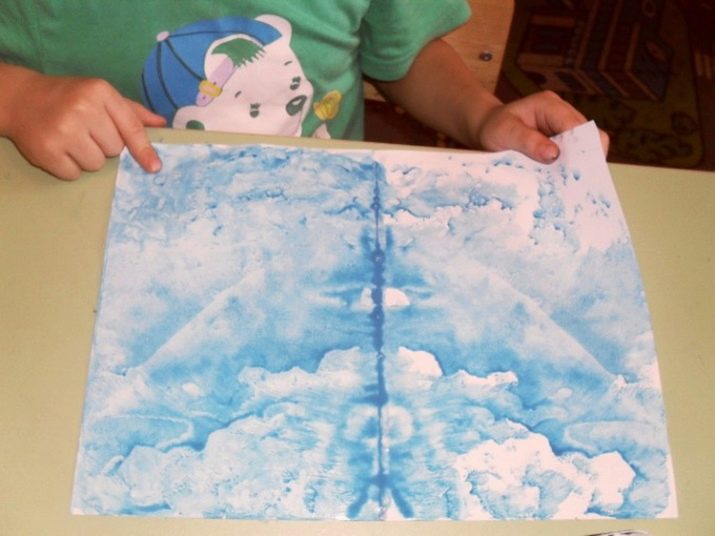
By the same principle as a butterfly, a symmetrical flower or fish is made. If the landscape or subject monotype is not so interesting, you can try to depict a still life. And it is always interesting to play with abstraction, to which we can then finish painting some details and turn them into something obviously recognizable. Impressive artistic experiments!
